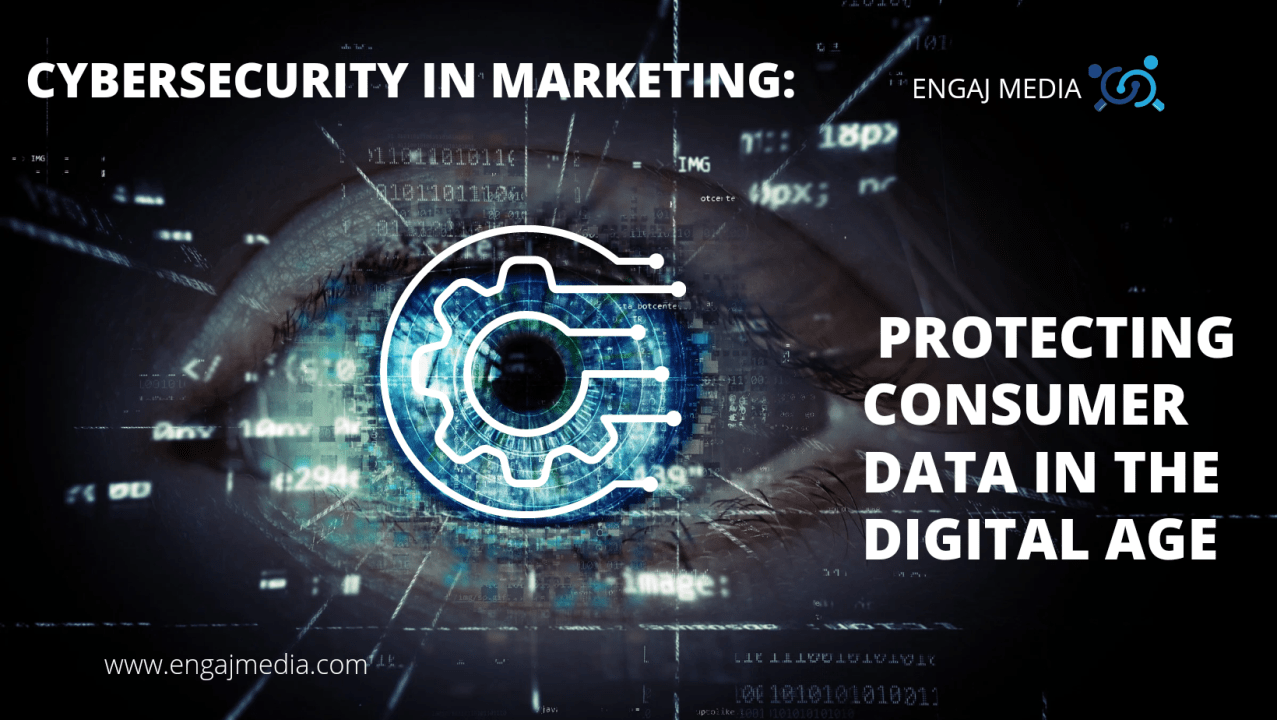Cybersecurity Trends: Protecting Data in a Digital World
In our increasingly connected world, cybersecurity has never been more critical. As technology evolves, so do the methods and sophistication of cyber threats. Organizations and individuals alike must stay informed about the latest cybersecurity trends to protect their data and ensure their digital safety. Let’s explore some of the most pressing cybersecurity trends and how they are shaping the future of data protection.
1. The Rise of Ransomware Attacks
Ransomware attacks, where cybercriminals encrypt a victim’s data and demand payment for its release, are becoming more frequent and sophisticated. These attacks target organizations of all sizes, from small businesses to large enterprises, causing significant financial and reputational damage.
Key Trends:
- Targeted Attacks: Cybercriminals are increasingly targeting specific industries, such as healthcare and finance, where data is highly valuable.
- Double Extortion: Attackers not only encrypt data but also threaten to publish it online if the ransom is not paid.
- Ransomware-as-a-Service (RaaS): Cybercriminals can now purchase ransomware tools and services on the dark web, making it easier for less skilled hackers to launch attacks.
2. Increased Focus on Zero Trust Security
The traditional security model, which relied on perimeter defenses, is no longer sufficient in today’s complex digital landscape. Zero trust security assumes that threats can come from both outside and inside the network, and therefore, no one is trusted by default.
Key Trends:
- Identity Verification: Continuous authentication and authorization of users and devices.
- Micro-Segmentation: Dividing networks into smaller segments to limit the spread of breaches.
- Least Privilege Access: Ensuring that users have only the minimum access necessary to perform their tasks.
3. AI and Machine Learning in Cybersecurity
Artificial intelligence (AI) and machine learning (ML) are becoming integral to cybersecurity, helping organizations detect and respond to threats more quickly and efficiently.
Key Trends:
- Threat Detection: AI and ML can analyze vast amounts of data to identify patterns and anomalies indicative of cyber threats.
- Automated Responses: AI-powered systems can automatically respond to certain types of attacks, reducing response times.
- Predictive Analysis: Using historical data to predict and prevent potential security incidents.
4. The Growing Importance of Endpoint Security
With the rise of remote work and the proliferation of connected devices, securing endpoints—devices such as laptops, smartphones, and IoT devices—has become crucial.
Key Trends:
- Endpoint Detection and Response (EDR): Tools that provide continuous monitoring and response capabilities for endpoints.
- Mobile Device Management (MDM): Solutions that allow organizations to secure and manage employee devices.
- IoT Security: Specialized measures to protect IoT devices from vulnerabilities and attacks.
5. Cloud Security Challenges
As organizations increasingly migrate to the cloud, securing cloud environments has become a top priority. Cloud security involves protecting data, applications, and services hosted in the cloud from threats.
Key Trends:
- Shared Responsibility Model: Understanding the security responsibilities of both the cloud provider and the customer.
- Cloud Access Security Brokers (CASBs): Tools that provide visibility and control over cloud usage and data security.
- Secure Configuration: Ensuring that cloud resources are configured securely to prevent data breaches.
6. Enhanced Data Privacy Regulations
Data privacy regulations, such as the General Data Protection Regulation (GDPR) and the California Consumer Privacy Act (CCPA), are forcing organizations to prioritize data protection and privacy.
Key Trends:
- Compliance Management: Ensuring adherence to data privacy regulations to avoid hefty fines and legal repercussions.
- Data Minimization: Collecting only the data necessary for business operations and protecting it adequately.
- Consumer Rights: Implementing measures to ensure consumers can exercise their rights over their data, such as access and deletion requests.
7. Human Factor and Cybersecurity Awareness
Despite technological advancements, human error remains one of the biggest cybersecurity risks. Educating employees and users about cybersecurity best practices is essential.
Key Trends:
- Phishing Awareness: Training employees to recognize and avoid phishing scams.
- Security Culture: Promoting a culture of security within organizations where every employee understands their role in protecting data.
- Ongoing Training: Regularly updating training programs to address new and evolving threats.
Conclusion
The cybersecurity landscape is continually evolving, and staying ahead of threats requires a proactive approach. By understanding and adapting to the latest cybersecurity trends, organizations and individuals can better protect their data in this digital world. Embracing zero trust security, leveraging AI and machine learning, prioritizing endpoint and cloud security, adhering to data privacy regulations, and fostering a culture of cybersecurity awareness are all critical steps in safeguarding our digital future. As cyber threats continue to grow in sophistication, so must our strategies and defenses.

